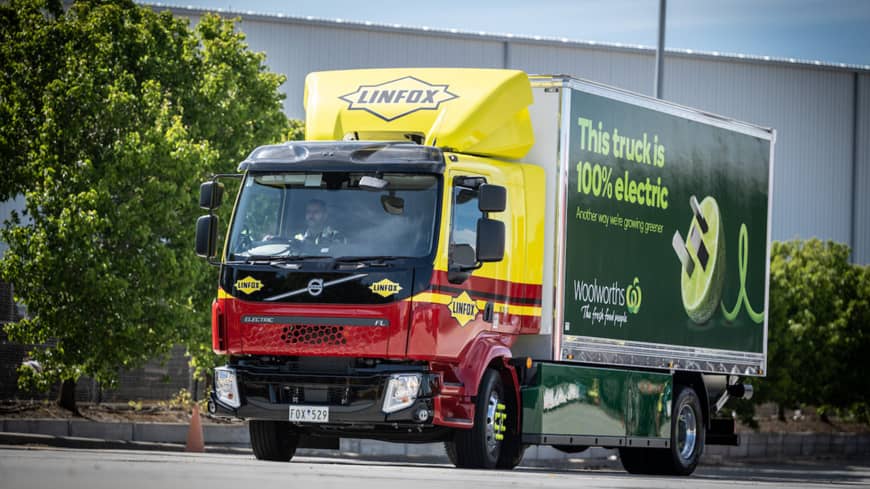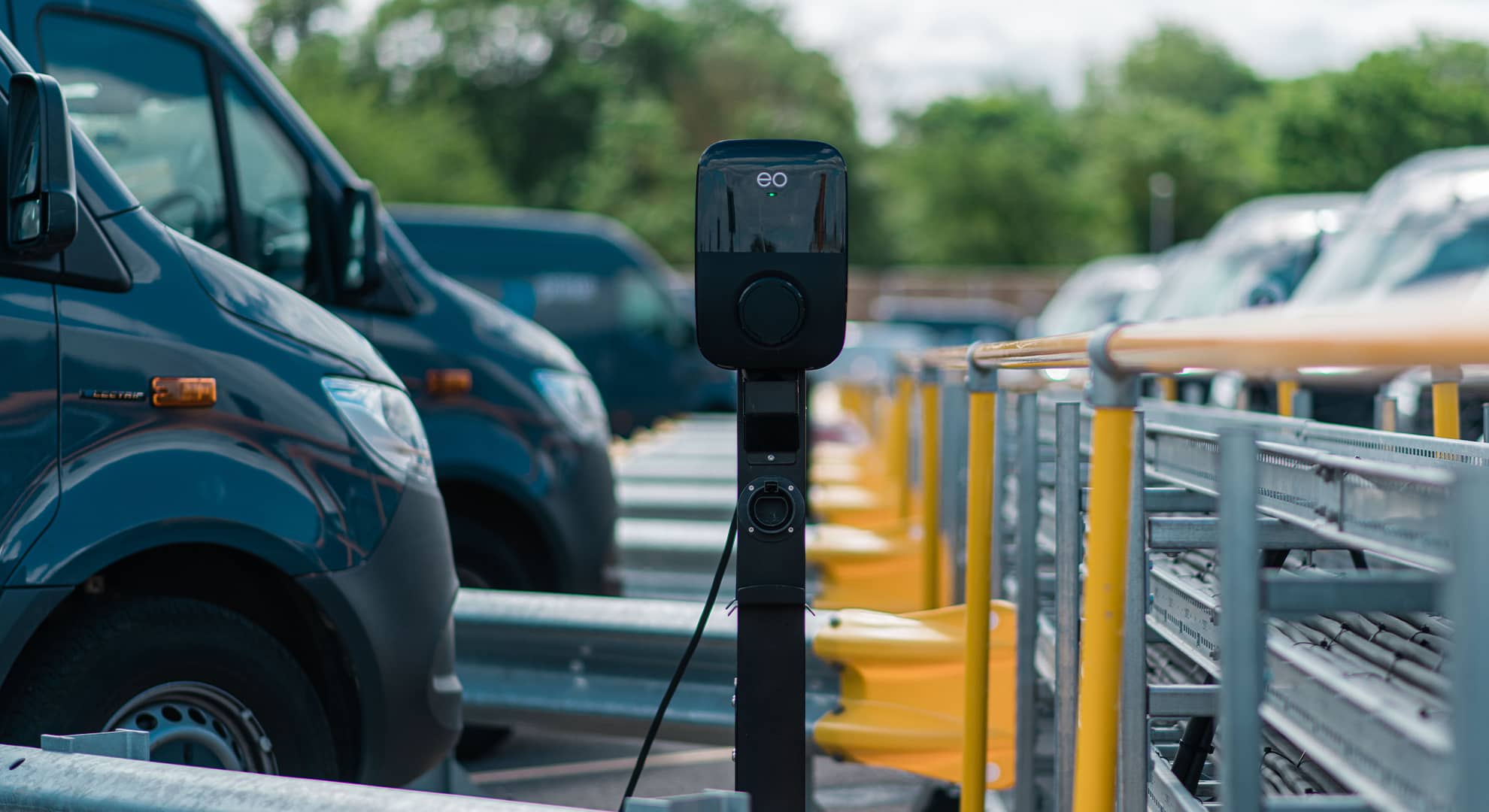While sales of electric vehicles continue to rise each year across Australia, the push towards renewable power in the local trucking sector has been lagging behind due to a lack of charging infrastructure.
However, new research out of Edith Cowan University (ECU) shows electric power may be viable for some segments of the industry in the very near future — it will just need a shift in thinking.
The ECU team has proposed a new charging strategy for small-to-medium-sized electric trucks (ETs) which regularly return to a depot, such as delivery and mining trucks.
Research lead Associate Professor Iftekhar Ahmad said there was a two-pronged solution to bringing these types of trucks into the electric age: depot charging and in-route charging.
Turning downtime into charging time
“The depot charging is designed for applications where the ETs arrival and departure times can be pre-determined,” Professor Ahmad said.
“Depot charging will be ideal for a small to medium-size fleet that follows fixed operational schedules and return to their depot, such as urban delivery trucks, after a certain interval.
“We call this a return-to-base model.”
Professor Ahmad said if business owners could adjust their operations with depot charging in mind, suddenly a fleet of ETs could become more viable.
“Our proposed model considers the fleet size and their operational schedules to determine how to optimise their charging strategy so that the charging costs can be minimized without hampering their operational schedules,” Professor Ahmad said.
Charge on the go
As all drivers can attest, sometimes plans get derailed on the road due to traffic jams, bad weather or, in the commercial sector, delivery cancellations.
An in-route charging model can be used when drivers experience deviations in their operational schedules. This model would see ETs be able to piggyback on the infrastructure progress in place for electric vehicles, such as plugging in to existing DC fast chargers during their daily activities.
Professor Ahmad said the in-route charging strategy could see the average small to medium size delivery truck meet their daily operational schedules with minimum charging costs.
“In most cases, all you need is suitable charging points and enough space to park the truck,” Mr Ahmad said.

An important shift
Amongst the different modes of transport around the world, road vehicles are responsible for almost 75 percent of carbon dioxide (CO2) emissions.
Of that, 40 per cent of CO2 being emitted into the atmosphere, comes from commercial truck fleets.
Several truck manufacturers, such as DAF, Daimler, MAN, Navistar, PACCAR, Nikola, Volkswagen, Volvo, and Tesla have announced significant plans to electrify their respective model ranges, with battery sizes ranging from 300 kWh up to about 990 kWh.
Domestically, Linfox last year introduced refrigerated ETs into the Woolworths fleet, delivering fresh produce to stores across metropolitan Melbourne.
 The research shows electric power may be viable for some segments of the transport industry in the very near future.
The research shows electric power may be viable for some segments of the transport industry in the very near future.



